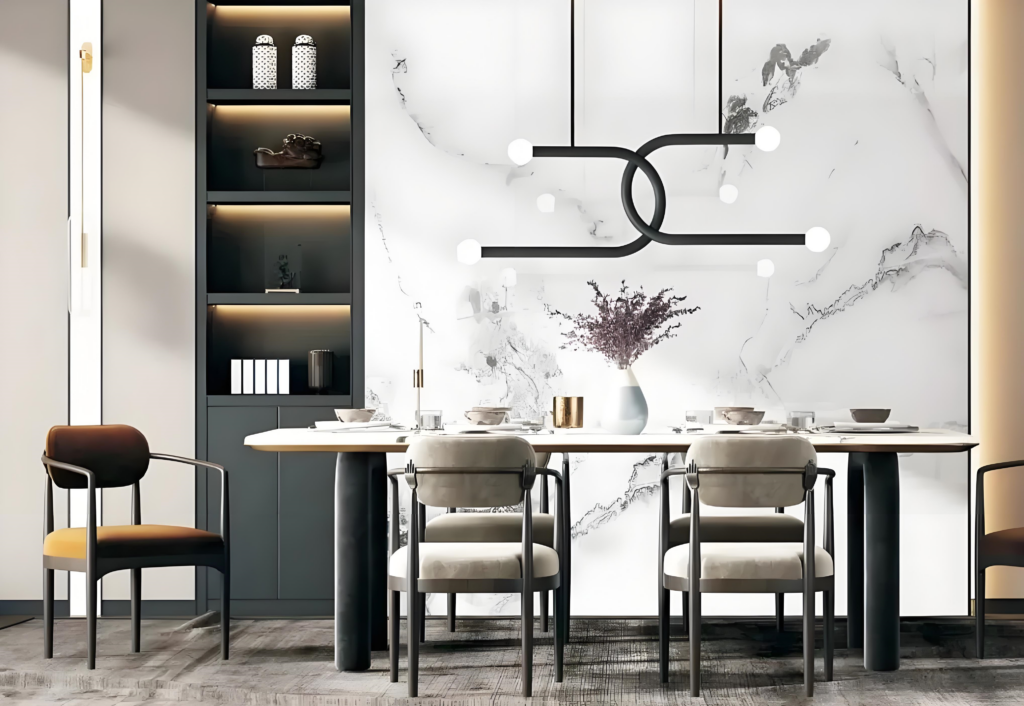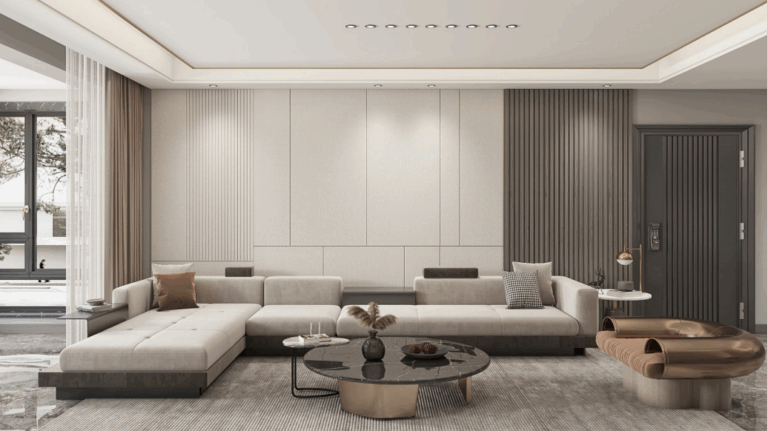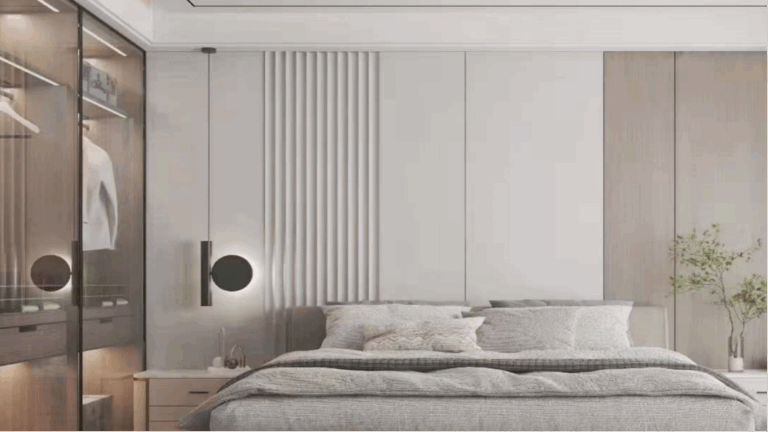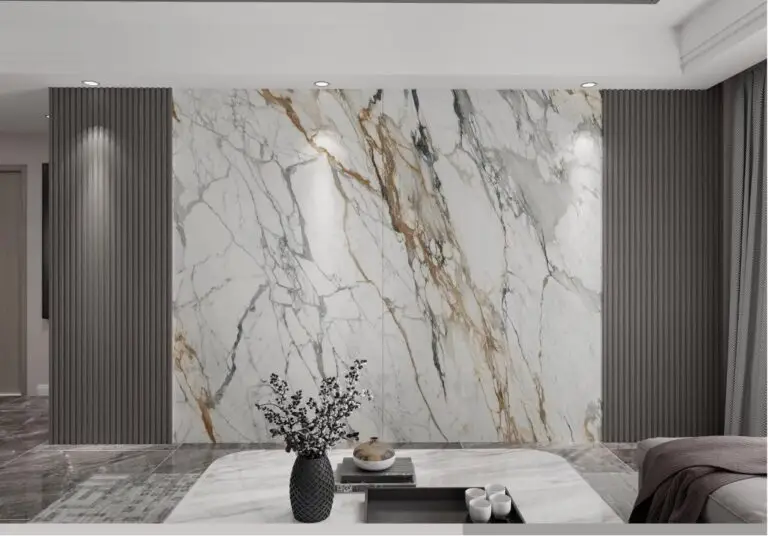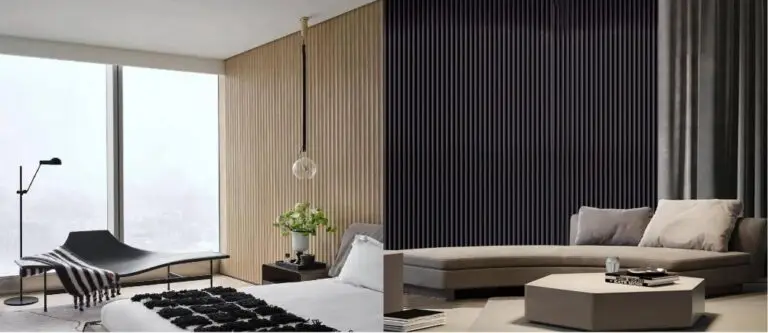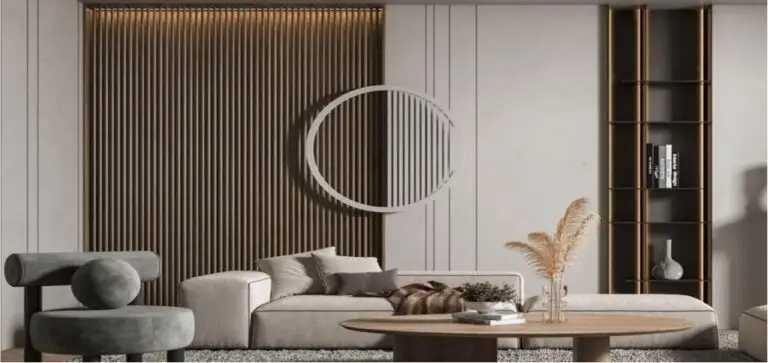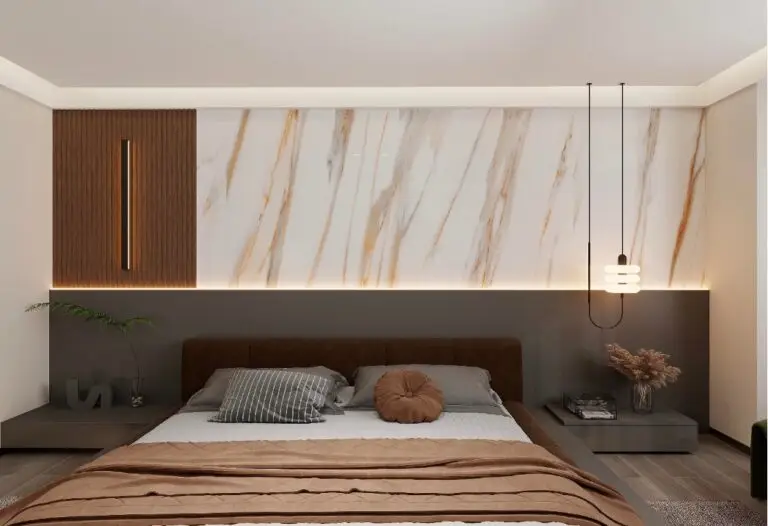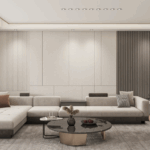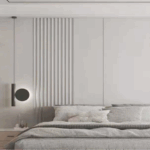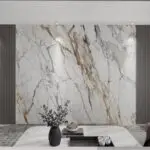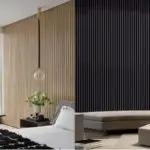Bamboo Charcoal Wall Panels: An Eco-Friendly & Stylish Home Decor Choice
Homeowners are increasingly choosing bamboo charcoal wall panels for their interior design projects. This emerging eco-friendly material boasts unique physical properties and beautiful aesthetics. This article analyzes the advantages and disadvantages of bamboo charcoal wall panel decoration to help you make informed decisions for your home.
Environmental Advantages
Crafted primarily from natural bamboo fibers and charcoal, these panels contain no harmful substances and meet stringent environmental standards. Consequently, they effectively reduce indoor air pollution by absorbing volatile organic compounds (VOCs).
Thermal Insulation Performance
Bamboo charcoal wall panels for insulation provide good thermal insulation, with a thermal conductivity of approximately 0.035 W/m·K. This helps regulate indoor temperature, keeping homes warmer in winter and cooler in summer, thus saving energy.

Moisture Resistance
Manufacturers treat the surface of these panels to resist moisture and water vapor. This makes them suitable for humid environments like bathrooms and kitchens, typically exhibiting a water absorption rate below 1%, ideal for moisture-resistant wall paneling.
Abrasion and Scratch Resistance
The surface of durable bamboo charcoal wall panels has moderate hardness, typically ranging from 3H to 5H. This allows them to resist scratches and everyday wear, and homeowners find their maintenance simple with standard household cleaners.
Decorative Diversity
Stylish bamboo charcoal wall panels offer rich colors and textures to meet diverse decoration styles. Furthermore, homeowners can customize them for increased personalization in their interior designs.
Convenient Installation
Workers can install easy-to-install bamboo charcoal wall panels quickly using adhesives or direct fixing methods. This reduces installation time compared to traditional wall coverings, offering a faster wall panel installation solution.
Cost Considerations
The initial cost of affordable bamboo charcoal wall panels is generally comparable to mid-range traditional options. However, their long-term durability and potential air purification benefits can offer overall value for homeowners.
Potential Drawbacks
While relatively durable, bamboo charcoal wall panels can be susceptible to sharp impact damage. Additionally, temperature changes can cause slight expansion and contraction, requiring proper installation with small gaps. Quality can also vary between brands, so choosing reputable bamboo charcoal panel suppliers matters. Also, creating extremely complex curved designs can be challenging with these rigid panels.
Quality Differentiation
The quality of bamboo charcoal wall panels on the market varies. Therefore, consumers should select carefully, choosing reputable brands and suppliers and looking for certifications related to material quality and environmental standards.
Design Limitations
While versatile, bamboo charcoal wall panels might have limitations in achieving extremely intricate or highly curved designs compared to more flexible materials.
Conclusion
Bamboo charcoal wall panels for modern interiors offer a compelling combination of environmental benefits, aesthetics, and practicality. Homeowners should carefully consider their advantages and disadvantages and select quality products for the best results in their sustainable home decor projects.

